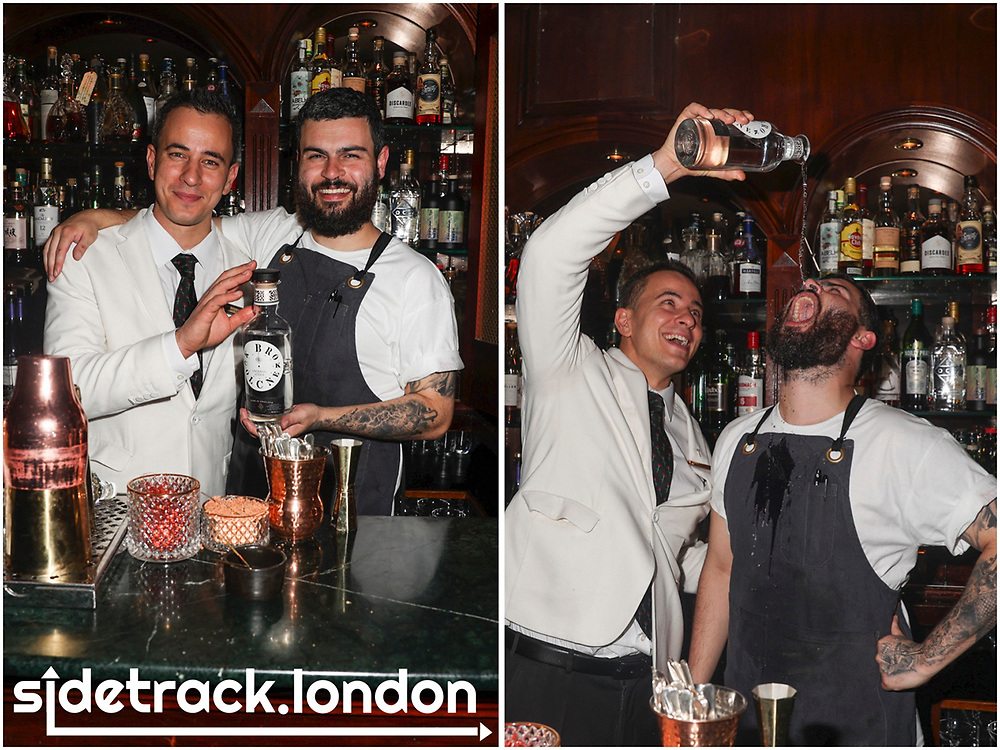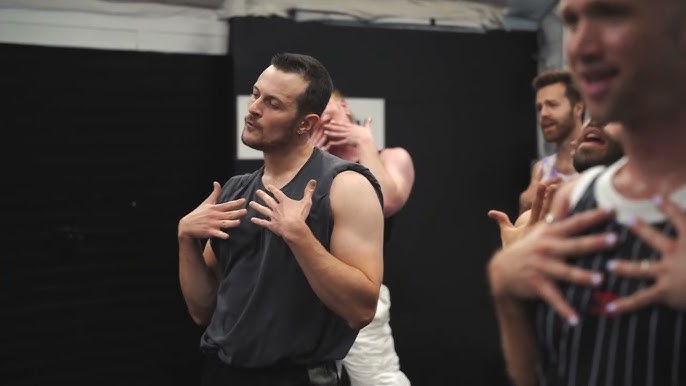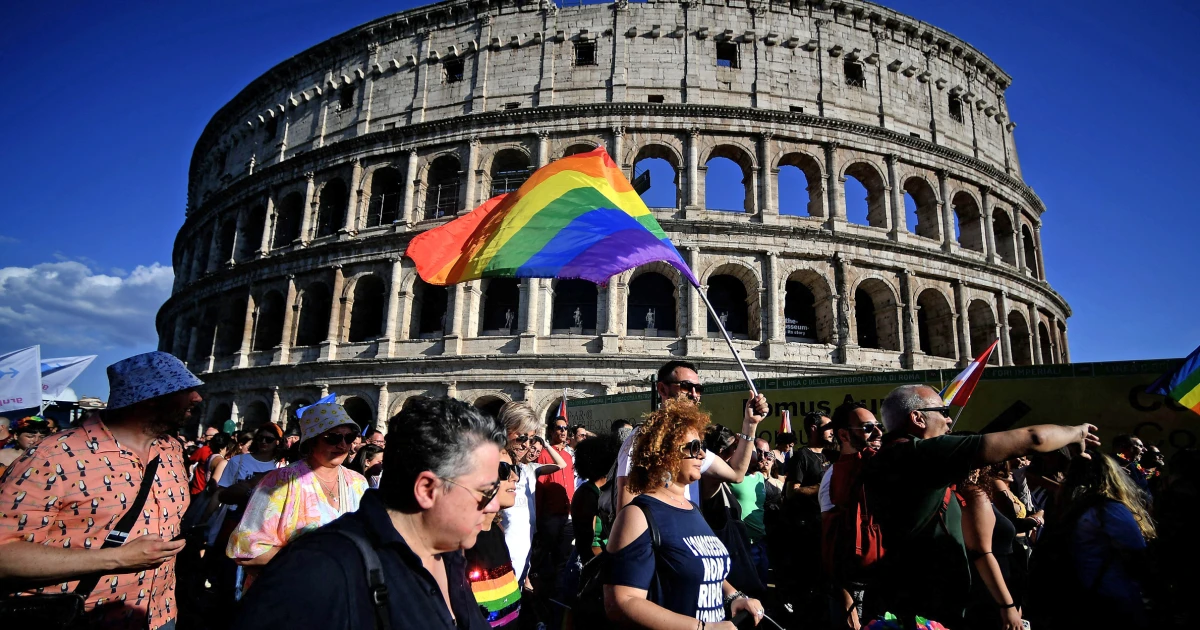Introduction: A Historic Opportunity for Sidetrack
In a groundbreaking move that could redefine inclusivity in public spaces, Sidetrack, Chicago’s largest and most celebrated gay bar, has partnered with restaurateur Germán González to bid for a specialty bar location at O’Hare International Airport. If approved, this venture would mark the establishment of the first gay bar in an American airport, a milestone that carries profound cultural, historical, and social significance. The proposal, submitted in early 2025 as part of Chicago’s initiative to revitalize airport concessions, reflects the city’s evolving identity as a beacon of safety and acceptance for the LGBTQ+ community. This expanded exploration delves into the origins of Sidetrack, the historical context of gay bars in America, the cultural importance of this proposal, and the broader implications for travelers and Chicago’s global reputation.
The Legacy of Sidetrack: A Cornerstone of Chicago’s LGBTQ+ Community
Sidetrack, located in Chicago’s vibrant Lakeview neighborhood, often referred to as “Boystown,” has been a cornerstone of the city’s LGBTQ+ community since its founding in 1982. Known for its lively atmosphere, iconic showtune nights, and welcoming environment, the bar has grown from a modest establishment to a sprawling venue that attracts locals and tourists alike. Its co-owners, Art Johnston and José “Pepe” Peña, are not only successful entrepreneurs but also lifelong activists who have played pivotal roles in advancing LGBTQ+ rights in Illinois and beyond.
Art Johnston and José “Pepe” Peña: Pioneers of Progress
Art Johnston and José “Pepe” Peña’s journey is one of resilience and advocacy. Johnston, a co-founder of Equality Illinois, has been a driving force in the fight for LGBTQ+ civil rights, from advocating for anti-discrimination laws to supporting marriage equality. Peña, his husband, has been a steadfast partner in both their personal and professional endeavors, helping to transform Sidetrack into a cultural institution. Their story is poignantly captured in the documentary Art and Pep, directed by Mercedes Kane, which premiered at the Chicago International Film Festival. The film highlights their contributions to the community and their enduring love story, offering a glimpse into the challenges they faced in an era when being openly gay was fraught with danger.
“For a very long time, gay bars were the only place gay people could meet,” Johnston said. “And they weren’t always friendly. Chicago was not very friendly to the gay community, either. Most big cities weren’t.”
This reflection underscores the historical role of gay bars as sanctuaries for marginalized communities, a role that Sidetrack has embraced and elevated over the decades.
The Historical Context: Gay Bars as Safe Havens
To fully appreciate the significance of Sidetrack’s bid for an airport location, it’s essential to understand the historical role of gay bars in America. From the mid-20th century through the late 20th century, gay bars were among the few places where LGBTQ+ individuals could socialize openly, albeit often under the threat of police raids and societal stigma.
The Pre-Stonewall Era: A Climate of Fear
In the 1950s and 1960s, being openly gay in the United States was not only socially taboo but also illegal in many jurisdictions. Sodomy laws, which criminalized homosexual acts, were enforced with zeal, and police frequently targeted gay bars for raids. Patrons risked arrest, public humiliation, and loss of employment simply for being present in these spaces. As Johnston recalled, many individuals used “bar names”—pseudonyms—to protect their identities from law enforcement.
Chicago was no exception to this oppressive climate. The city’s gay bars, often located in discreet areas, operated under constant scrutiny. Raids were common, and patrons faced harassment from both police and hostile members of the public. Despite these challenges, establishments like the Gold Coast and the Trip served as vital gathering places for the city’s nascent LGBTQ+ community.
The Stonewall Uprising and Its Aftermath
The turning point for the modern LGBTQ+ rights movement came in June 1969 with the Stonewall Uprising in New York City. When police raided the Stonewall Inn, a popular gay bar in Greenwich Village, patrons fought back, sparking days of protests that galvanized the global fight for queer liberation. The uprising marked a shift in the perception of gay bars from clandestine hideouts to symbols of resistance and community pride.
In Chicago, the Stonewall Uprising inspired local activism. Organizations like the Mattachine Midwest and later Equality Illinois, co-founded by Johnston, emerged to advocate for legal protections and social acceptance. Gay bars, including Sidetrack, became hubs for organizing protests, hosting fundraisers, and fostering a sense of solidarity.
The Evolution of Gay Bars: From Refuge to Celebration
Over the decades, gay bars evolved from secretive refuges to vibrant cultural institutions. The legalization of same-sex marriage in the United States in 2015, coupled with increased visibility of LGBTQ+ individuals in media and politics, transformed the role of these spaces. While they remain vital for community building, many gay bars now serve as inclusive venues that welcome allies and celebrate queer culture openly.
Sidetrack exemplifies this evolution. Its showtune nights, drag performances, and Pride Month celebrations draw diverse crowds, reflecting Chicago’s growing acceptance of its LGBTQ+ residents. The bar’s prominence has also made it a destination for tourists, contributing to the city’s reputation as a welcoming metropolis.
The Proposal: Sidetrack at O’Hare International Airport
The proposal to open a Sidetrack location at O’Hare International Airport represents a bold step toward mainstreaming queer culture in one of the world’s busiest public spaces. Submitted by Germán González, managing partner of Somos Hospitality Group, the bid aligns with Chicago’s efforts to diversify and modernize its airport concessions. Somos, known for its upscale restaurants like Tzuco and Ummo, would oversee operations, while Johnston and Peña would license the Sidetrack brand and serve as investors.
Germán González and Somos Hospitality Group
Germán González brings a wealth of expertise to the partnership. As the head of Somos Hospitality Group, he has established a reputation for creating innovative dining experiences that blend cultural authenticity with modern flair. His involvement ensures that the proposed Sidetrack location would maintain high operational standards while preserving the bar’s unique identity.
The collaboration between Somos and Sidetrack is a natural fit. Both entities share a commitment to fostering inclusive environments, and their combined vision could transform the airport experience for travelers.
The Logistics: Terminal 1 and Beyond
The proposed bar would be located in Terminal 1, one of O’Hare’s busiest terminals, serving major airlines like United and Lufthansa. With millions of passengers passing through annually, the location offers unparalleled visibility for Sidetrack’s brand. The bar would likely feature elements of Sidetrack’s signature aesthetic, such as vibrant decor, themed cocktails, and possibly even scaled-down versions of its popular showtune nights.
However, the bid faces stiff competition. Hundreds of small businesses are vying for the limited concession spaces at O’Hare, and the city’s decision is not expected for several months. The outcome will hinge on factors such as financial viability, operational experience, and alignment with the airport’s goals of enhancing passenger experience.
Cultural and Social Implications
The prospect of a gay bar at O’Hare carries profound implications for both Chicago and the broader LGBTQ+ community. It would serve as a powerful statement of inclusivity, challenging stereotypes and fostering dialogue in an unexpected setting.
Chicago as a Safe Haven
Chicago’s reputation as a safe and welcoming city for LGBTQ+ individuals has grown significantly in recent years. In 2025, the travel platform Misterb&b named Chicago the safest U.S. city for LGBTQ+ travelers in its Queer Safety Index, citing the city’s progressive policies, vibrant queer community, and low rates of hate crimes. Sidetrack’s presence at O’Hare would reinforce this reputation, signaling to international travelers that Chicago is a city where diversity is celebrated.
“There are people from red states who don’t think they’ve ever met a gay person — and they’ll get a look at who we are and how much a part of this city we are,” Johnston said.
This visibility is particularly crucial in an era when LGBTQ+ rights remain contested in parts of the United States. Johnston noted that many of Sidetrack’s patrons have shared stories of relocating to Chicago from states like Texas and Florida, where access to gender-affirming care and other protections is increasingly restricted. A Sidetrack outpost at O’Hare could serve as a welcoming beacon for these newcomers, affirming Chicago’s role as a sanctuary city.
Normalizing Queer Spaces in Public Settings
The establishment of a gay bar in an airport would challenge the traditional boundaries of where queer spaces are found. Airports are liminal spaces—places of transition where people from all walks of life intersect. By bringing a gay bar into this environment, Sidetrack would create opportunities for casual, positive interactions between LGBTQ+ individuals and travelers who may hold prejudiced views. As Johnston observed, bartenders often serve as confidants, and these interactions could foster empathy and understanding among passengers from diverse backgrounds.
This normalization of queer culture in public spaces has historical parallels. In the 1980s and 1990s, the visibility of gay characters in television shows like Ellen* and *Will & Grace*, helped shift public opinion toward acceptance of homosexuality. Similarly, a gay bar at O’Hare could serve as a cultural touchstone, introducing travelers to the vibrancy of Chicago’s LGBTQ+ community in a non-confrontational way.
Challenges and Opportunities
While the proposal is undeniably exciting, it also faces significant challenges. Operating a bar in an airport is a complex undertaking, with high rents, stringent security regulations, and the need to cater to a transient clientele. Additionally, the bid must navigate the competitive landscape of airport concessions, where established brands often have an advantage.
Operational Hurdles
Airports present unique operational challenges for bars and restaurants. Space constraints, limited storage, and strict licensing requirements demand innovative approaches to that design and staffing. Somos Hospitality Group’s experience with high-pressure environments like restaurants b operations could help address these issues, but the venture will require meticulous planning to ensure that Sidetrack’s atmosphere is translated effectively into a smaller, high-traffic setting.
Another consideration is the bar’s target audience. While Sidetrack is known for its inclusivity, the airport location would need to appeal to a broad range of travelers, including those unfamiliar with gay bar culture. Balancing authenticity with accessibility will be key to the venture’s success.
Community and Economic Impact
If approved, the Sidetrack location at O’Hare could have a significant economic impact, creating jobs and boosting tourism. It would also provide a platform for showcasing Chicago’s LGBTQ+ artists, performers, and musicians, further enriching the city’s cultural landscape.
From a community perspective, the bar would serve as a symbol of progress, reflecting the hard-won gains of the LGBTQ+ rights movement. For Johnston and Peña, who have dedicated their lives to advocacy, the project represents a culmination of their efforts to create a more inclusive world.
The Broader Context: LGBTQ+ Representation in Public Spaces
The Sidetrack proposal is part of a larger trend toward greater LGBTQ+ representation in public spaces. Across the United States, cities are increasingly recognizing the contributions of their queer communities through initiatives like rainbow crosswalks, Pride-themed public art, and inclusive policies.
Global Perspectives
Internationally, airports have begun to embrace inclusivity in various ways. For example, Amsterdam’s Schiphol Airport has introduced gender-neutral restrooms, while London’s Heathrow Airport hosts annual Pride events for staff and passengers. However, the concept of a dedicated gay bar in an airport remains unprecedented, positioning Chicago as a potential trailblazer in this regard.
The Role of Music and Culture
Gay bars have long been intertwined with music and performance, serving as incubators for genres like disco, house, and drag culture. Sidetrack’s showtune nights, where patrons sing along to Broadway classics, are a testament to this tradition. If the airport location incorporates live performances or themed events, it could introduce travelers to the rich musical heritage of the LGBTQ+ community, from the anthems of the 1970s to contemporary queer artists like Lil Nas X and Chappell Roan.
Conclusion: A Vision for the Future
Sidetrack’s bid to open a gay bar at O’Hare International Airport is more than a business venture—it’s a bold statement about the progress of the LGBTQ+ community and Chicago’s role as a champion of inclusivity. For Art Johnston and José “Pepe” Peña, the project represents a continuation of their lifelong mission to create spaces where queer individuals can live authentically and proudly. If successful, the bar would not only make history as the first of its kind in an American airport but also serve as a beacon of hope for travelers from around the world.
As the city deliberates on the concession bids, the proposal stands as a testament to the power of community activism and the enduring importance of gay bars as spaces of refuge, celebration, and connection. Whether or not the bid is approved, Sidetrack’s ambition to bring queer culture to one of the world’s busiest airports has already sparked a meaningful conversation about visibility, acceptance, and the future of public spaces.














0 Comments